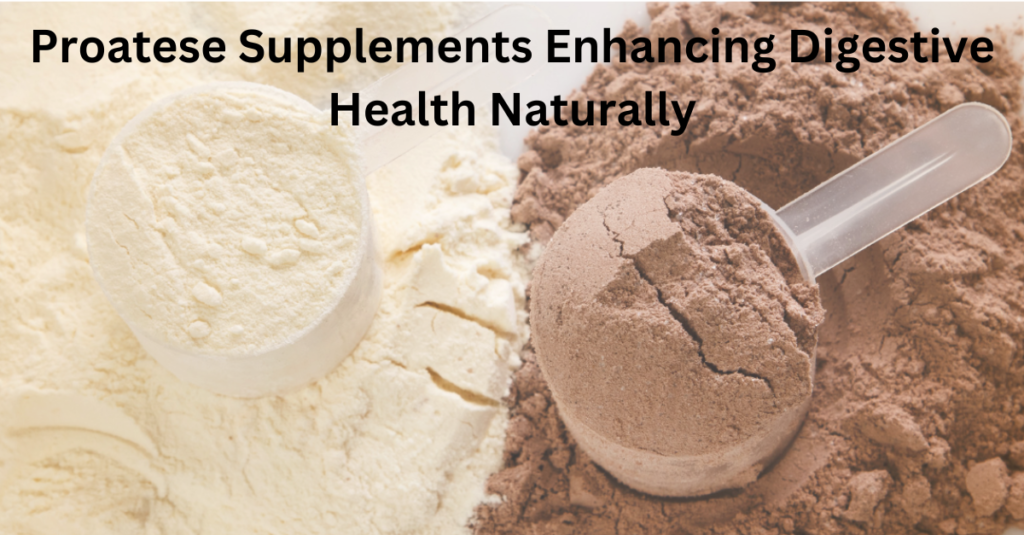Proatese enzymes, often referred to as proteases, play an important role in a variety of biological processes that include digestion, immune system function, and cellular regulation. This article delves into the world of proteases, exploring their structure, species, functions, benefits, and programs within unique disciplines.
What are Proatese?
Proatese are enzymes that break down proteins into smaller peptides or amino acids by cleaving peptide bonds. These enzymes are vital for a variety of physiological processes, including protein catabolism, cell signaling, and regulation of biological pathways. They occur in all living organisms, which include microorganisms, vegetation, animals, and humans.
Structure of Proatese
Proteases have a number of different systems, commonly categorized entirely based on their catalytic mechanisms and living web site residues. The first classes of proteases include:
- Serine Proatese: These Proatese contain a serine residue in their online energy sites and are involved in methods such as digestion and blood coagulation. Examples include trypsin and chymotrypsin.
- Cysteine Proatese: Contain a cysteine residue on the energetic website and are necessary in cellular approaches consisting of apoptosis. Examples include papain and caspases.
- Aspartic Proatese: Characterized by aspartic acid residues on their energy website online, these proteases are concerned with protein degradation and processing. Examples include pepsin and renin.
- Metalloproteases: These proteases require a metal ion, usually zinc, for their online active sites. They play a role in tissue remodeling and degradation. Examples include matrix metalloproteinases (MMPs).
Functions of Proteases
Proteases are concerned with a myriad of organic approaches, some of which include:
- Digestion: Proteases such as pepsin, trypsin and chymotrypsin are vital for breaking down dietary proteins into absorbable devices within the gastrointestinal tract.
- Immune response: Proatese, along with granzymes, are involved in cellular immune functions, including the destruction of inflamed or cancerous cells.
- Cellular regulation: Proatese regulate a number of cellular techniques by activating or deactivating proteins through limited proteolysis.
- Protein turnover: They play a key role in the degradation and recycling of proteins in cells, maintaining mobile homeostasis.
Proatese Benefits
The diverse capabilities of proteases translate into many advantages in exceptional fields including fitness, industry and biotechnology.
Health Benefits
- Digestive health: Proatese supplements can be a helpful resource for digestion, especially for people with conditions such as pancreatic insufficiency or lactose intolerance.
- Anti-inflammatory properties: Certain proteases, such as bromelain from pineapple, exhibit anti-inflammatory effects, making them beneficial in the treatment of conditions such as arthritis and sinusitis.
- Wound healing: Proatese facilitate wound healing by breaking down broken proteins and promoting tissue remodeling.
Industrial Benefits
- Food industry: Proatese are used in the production of various foods, including cheese, bread and beer. They help in softening meat and clarifying drinks.
- Detergents: Proatese are a key concern in detergents, helping to break down protein stains such as blood, sweat and food.
- Leather Processing: Proatese are used in leather businesses for dehairing and batting, making leather processing more environmentally friendly.
Biotechnological Applications
- Protein engineering: Proatese are used to assess the shape and properties of a protein, which helps in improving artificial proteins with unique properties.
- Pharmaceuticals: Proteases are involved in the production of therapeutic proteins and the development of drugs targeting protease activity in diseases.
Types of Proatese
Proatese can be broadly labeled entirely based on their offer and movement mechanism.
Based on the Source
- Animal proteases: Examples include pepsin, trypsin, and chymotrypsin, which are mainly used in digestive aids and research.
- Plant Proatese: Examples include papain (from papaya) and bromelain (from pineapple), used in supplements, meat tenderizers, and anti-inflammatory treatments.
- Microbial Proatese: Produced by bacteria and fungi, these proteases are used in commercial applications such as detergents and leather-based treatments.
Based on the Mechanism of Action
- Endoproteases: These cleave peptide bonds within a protein chain. Examples include trypsin and chymotrypsin.
- Exoproteases: These cleave peptide bonds at the ends of the protein chain, both from the N-terminus (aminopeptidase) and the C-terminus (carboxypeptidase).
Therapeutic Applications of Proatese
Proteases have considerable capacity in therapeutic packages, especially in the treatment of various diseases.
- Cancer treatment: Some protease inhibitors are being investigated as potential cancer treatments because of their ability to modify the interest of a protease involved in tumor growth and metastasis.
- Antiviral therapy: Protease inhibitors are a class of antiviral pills used in the treatment of HIV and hepatitis C. These inhibitors block the interest of viral proteases and prevent the virus from replicating.
- Cystic fibrosis: Protease replacement therapy is being investigated to help manage the digestive problems associated with cystic fibrosis by supplementing missing or deficient proteases.
Challenges and Future Directions
While proteases are remarkably promising, there are challenging situations for their large-scale use, along with stability, specificity, and immunogenicity capacity. Advances in protein engineering, synthetic biology, and nanotechnology are expected to address these challenges and enhance the therapeutic and commercial capacity of proteases.
- Stability: Creating extra stable proteases can improve their durability and ability under different conditions.
- Specificity: The development of quite precise proteases can minimize off-target effects and improve therapeutic effects.
- Delivery systems: Innovative delivery systems such as nanoparticles can enhance the bioavailability and targeted delivery of protease-based therapeutics.
Conclusion
Proatese are flexible enzymes that play a vital role in biological methods and have vast possibilities in healthcare, industry and biotechnology. Understanding their structure, properties and applications may open new opportunities for innovation and therapeutic improvement. As research progresses, proteases are poised to play an even greater function in shaping the fate of scientific and scientific breakthroughs.



